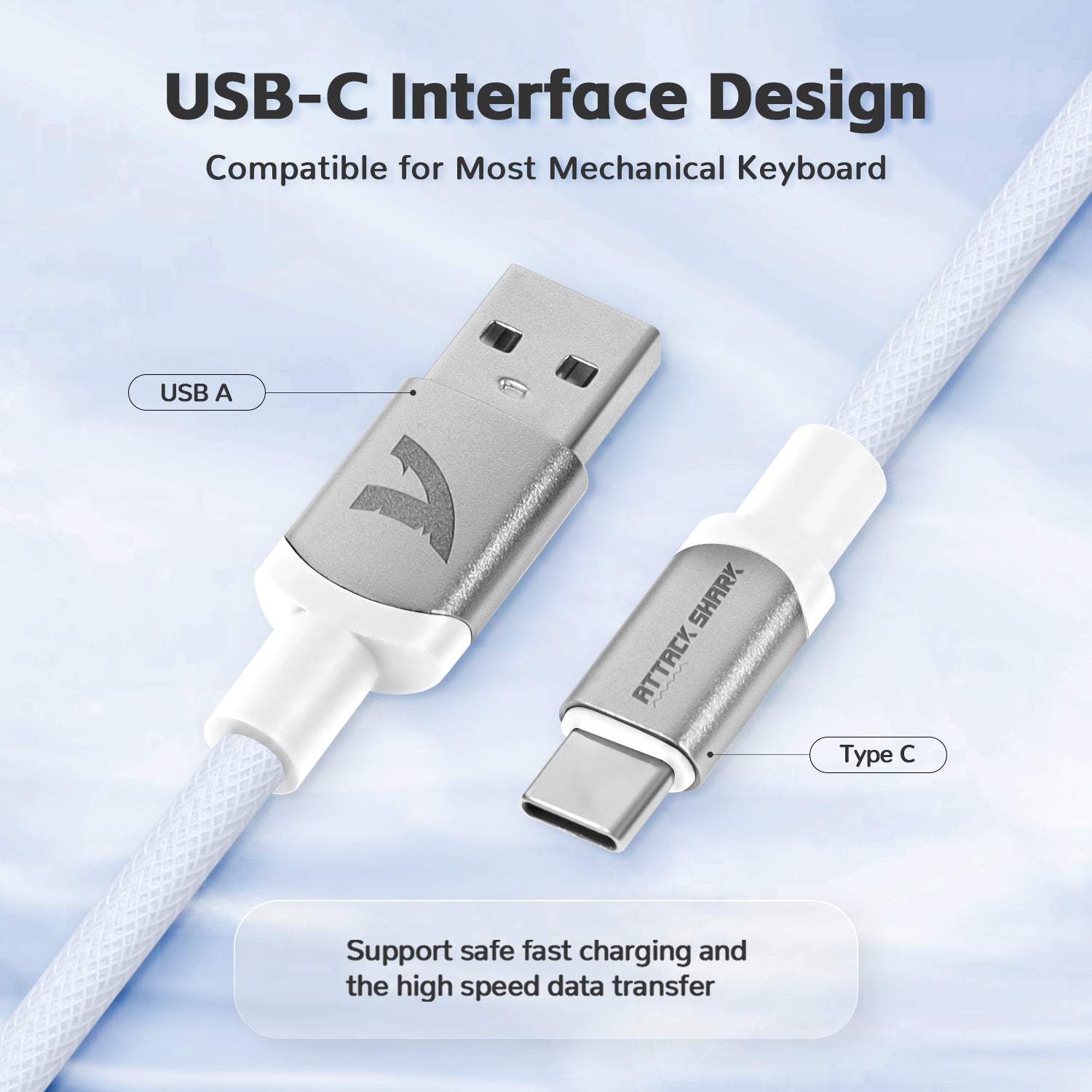Mechanical keyboards have gained immense popularity among gamers, typists, and tech enthusiasts alike. But what exactly are the mechanical keyboard parts that contribute to their unique feel and performance? In this article, we will delve into the essential components that make up a mechanical keyboard, providing you with a comprehensive understanding of its anatomy.

Key Switches: The Heart of Mechanical Keyboards
At the core of every mechanical keyboard are the key switches. These switches determine the tactile feedback and actuation force required to register a keystroke. There are several types of key switches, including:
- Linear switches: Smooth and consistent keystrokes without tactile bumps.
- Tactile switches: Provide a noticeable bump at the actuation point, enhancing typing feedback.
- Clicky switches: Offer both tactile feedback and an audible click sound, making them popular among typists.
Understanding the differences between these switches can help you choose the right keyboard for your needs. Have you ever wondered how the choice of switch affects your typing experience?
Keycaps: The Interface Between You and Your Keyboard
The keycaps are the visible part of the keyboard that you interact with. They come in various shapes, sizes, and materials, influencing both aesthetics and functionality. Most keycaps are made from either ABS or PBT plastic, with PBT being more durable and resistant to wear. Additionally, keycap profiles, such as SA or DSA, can affect the overall feel of the keyboard.
When selecting keycaps, consider the following:
- Material: Choose between ABS and PBT based on durability.
- Profile: Select a profile that suits your typing style.
- Legends: Ensure the legends are clear and easy to read.
PCB and Backlighting: The Technology Behind the Magic
The printed circuit board (PCB) is the backbone of a mechanical keyboard, connecting all the switches and allowing them to communicate with your computer. Some PCBs support customizable backlighting, which can enhance the visual appeal of your keyboard. RGB lighting has become a popular feature, enabling users to personalize their setups.
If you are interested in customizing your keyboard, consider exploring options for different PCBs that support various lighting effects. Would you like to learn more about how backlighting can improve your gaming experience?
Stabilizers: Ensuring Stability and Consistency
Stabilizers are crucial mechanical keyboard parts that prevent larger keys, such as the spacebar and enter key, from wobbling during use. They provide stability and a consistent feel across all keys. There are different types of stabilizers, including clip-in and screw-in, each offering varying levels of performance and ease of installation.
For those looking to enhance their typing experience, investing in high-quality stabilizers can make a significant difference. You can find a variety of accessories to improve your keyboard setup at  .
.
Conclusion: Building Your Perfect Mechanical Keyboard
Understanding the mechanical keyboard parts is essential for anyone looking to build or customize their keyboard. From key switches to stabilizers, each component plays a vital role in the overall performance and feel of the keyboard. By considering your preferences and needs, you can create a setup that enhances your typing or gaming experience.
As you explore the world of mechanical keyboards, remember that the right components can make all the difference. Happy typing!








